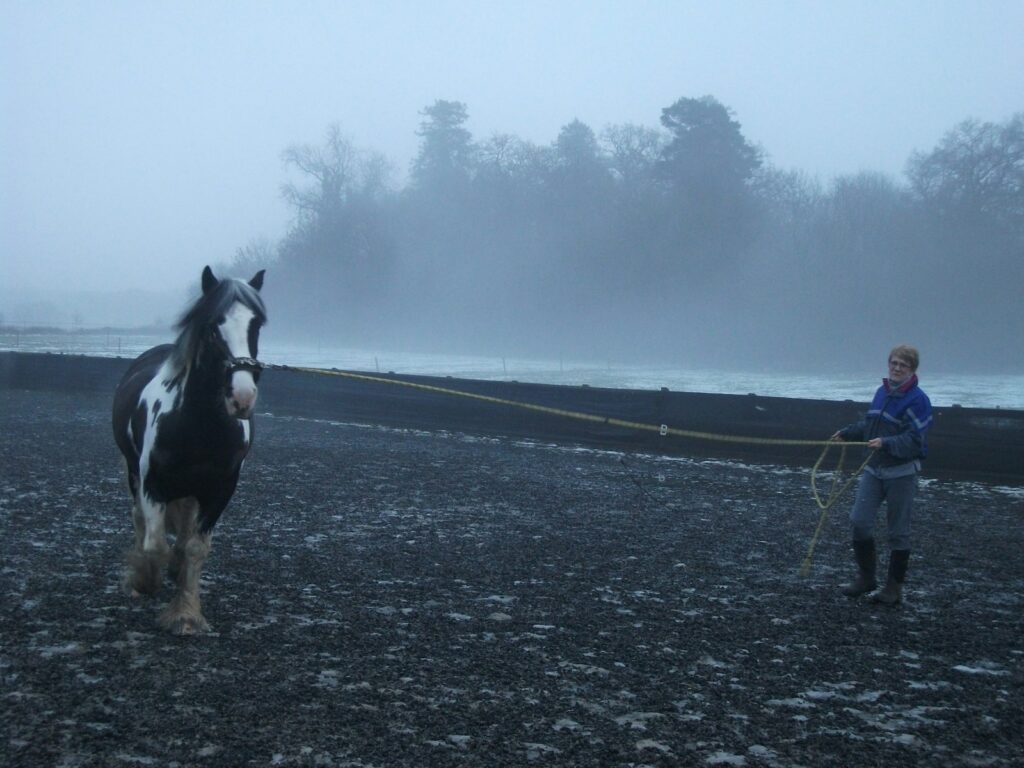Establishing a foundation of respect and good manners through groundwork is perhaps the most crucial aspect of horsemanship that many riders overlook. Before you ever swing a leg over the saddle, your horse should understand boundaries, respond to subtle cues, and treat you as a respected leader. Groundwork isn’t just about control—it’s about communication, safety, and building a partnership that will carry through to every aspect of your relationship with your horse. When properly executed, groundwork transforms a potentially dangerous 1,000-pound animal into a willing partner who understands what you’re asking and responds with confidence. This comprehensive guide will walk you through the essential elements of teaching your horse proper ground manners, from basic exercises to advanced techniques that foster mutual respect.
Understanding the Psychology Behind Effective Groundwork
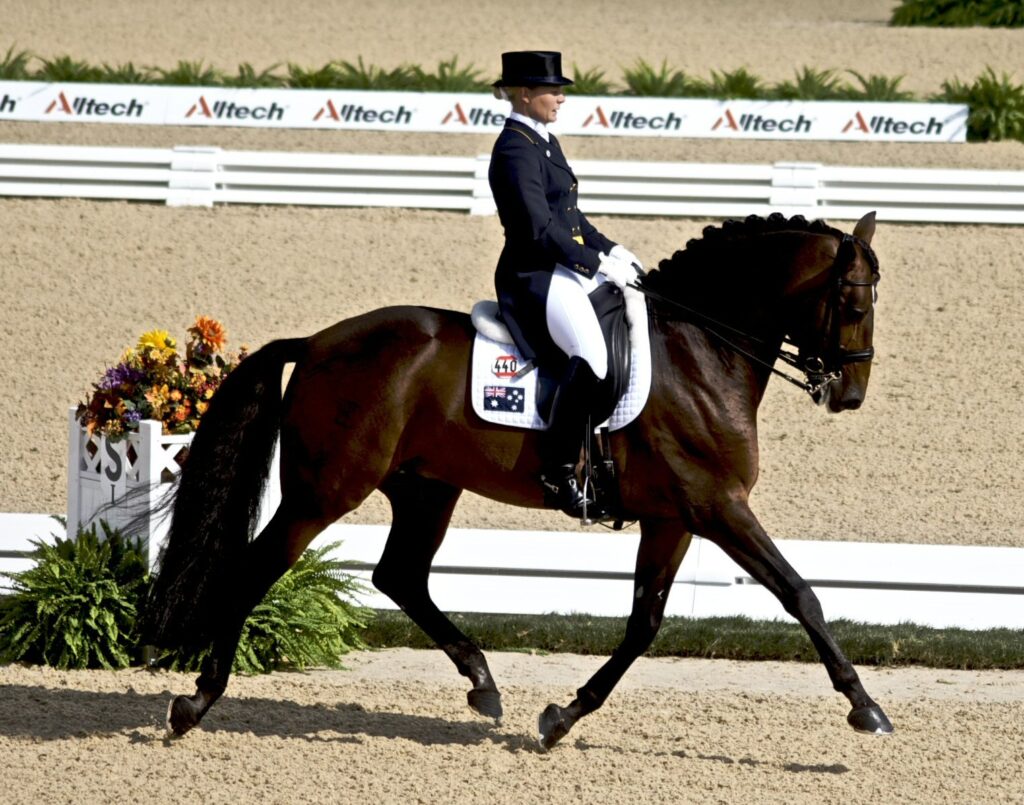
Horses are naturally herd animals with a hierarchical social structure that influences how they interact with humans. When working with horses, we must recognize that they’re constantly evaluating their position in relation to us—are we leaders worthy of respect, or followers they can dominate? Effective groundwork establishes you as the leader through consistent boundaries and clear communication rather than force or intimidation. This leadership mindset is crucial because horses seek security from those they perceive as capable leaders. When a horse respects your personal space, responds to subtle cues, and follows your direction willingly, you’ve successfully established yourself in a leadership position. Remember that horses communicate primarily through body language, so your posture, energy level, and movements speak volumes to your equine partner.
Essential Equipment for Groundwork Training
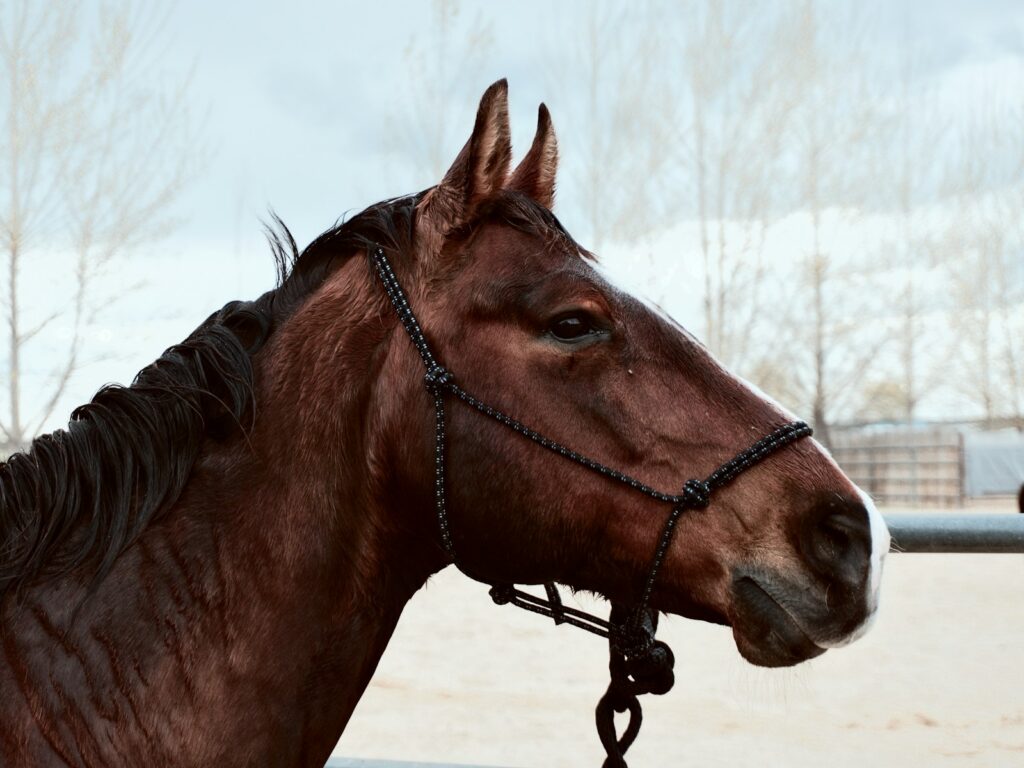
Before beginning groundwork training, having the right equipment ensures both safety and effective communication. At minimum, you’ll need a well-fitting halter (rope halters are preferred by many trainers for their clearer pressure signals) and a lead rope approximately 8-10 feet long that allows appropriate working distance. Many professionals recommend a training stick or dressage whip as an extension of your arm for directional cues without needing to move into potentially dangerous positions. Gloves protect your hands from rope burns if your horse pulls unexpectedly, and sturdy boots shield your feet from accidental stepping. For more advanced groundwork, long lines (15-25 feet) or lunge lines allow for distance work while maintaining control. Remember that equipment should facilitate communication, not serve as a means of force or punishment.
Creating a Safe Training Environment
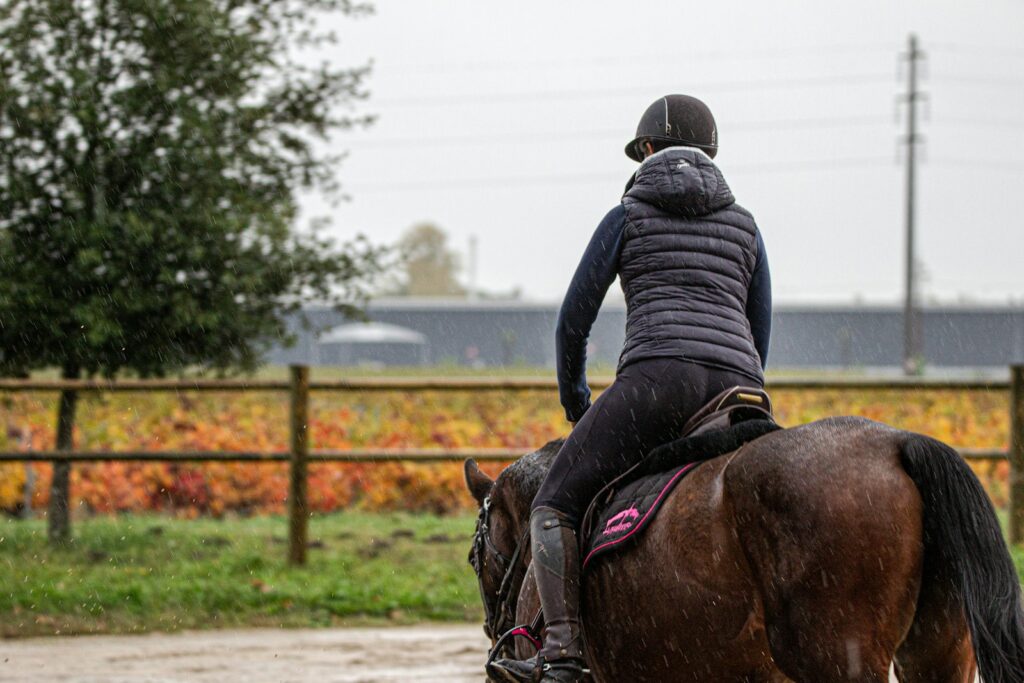
The training environment significantly impacts your horse’s ability to focus and learn effectively during groundwork sessions. Begin in a smaller enclosed area like a round pen or small paddock where distractions are minimal and boundaries are clear. Ensure the footing is level, not slippery, and free from hazards that could cause injury during movement exercises. Remove other horses from the immediate vicinity initially, as they can create distractions that make learning more difficult for your horse. As your horse progresses and demonstrates reliable responses, gradually introduce training in larger spaces with more potential distractions. This progressive approach builds confidence and ensures your horse can maintain focus despite environmental challenges. Always have an escape route planned for yourself in case your horse becomes reactive—never position yourself where you could be trapped between the horse and a solid barrier.
Teaching Personal Space Boundaries
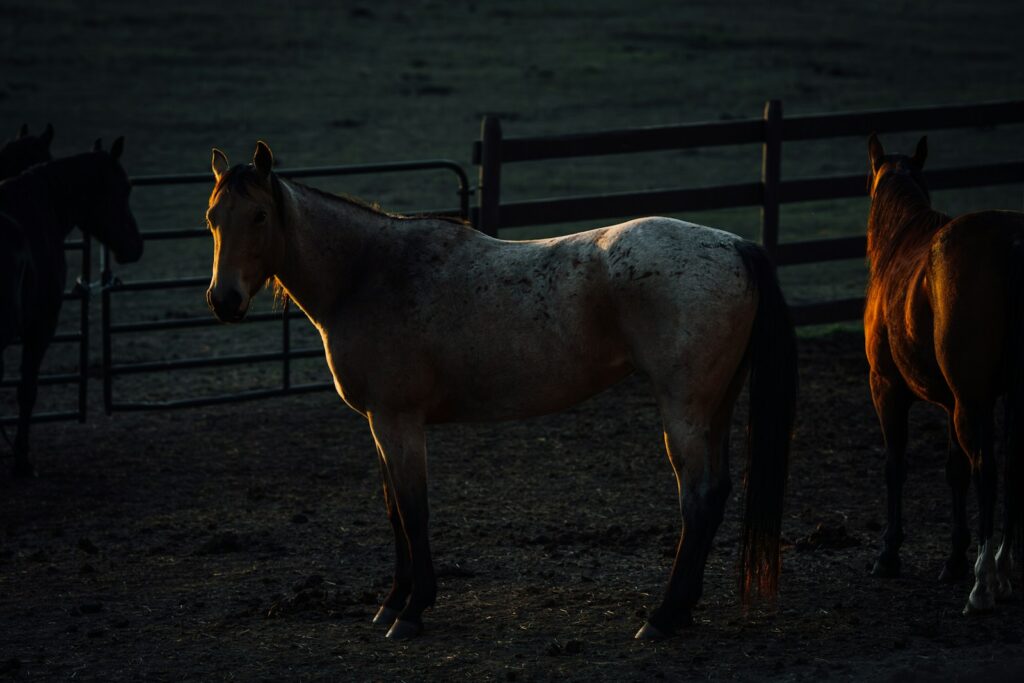
Establishing and maintaining personal space boundaries is fundamental to safe handling and demonstrates your leadership position to your horse. Begin by defining your bubble—typically about an arm’s length in all directions around you—and consistently enforce this boundary. When your horse invades your space, use clear body language by squaring your shoulders toward them and moving deliberately toward their shoulder until they step back. The moment they respect your space by moving away, immediately release the pressure by relaxing your posture or stepping back. This pressure-and-release technique teaches horses where the boundaries lie. Be particularly vigilant about preventing pushy behaviors like nudging, stepping on your feet, or crowding through gates, as these minor infractions often escalate to dangerous behaviors if left uncorrected. Remember that consistent enforcement of boundaries actually creates security for horses, as they understand their role and what’s expected of them.
The Foundations of Leading Properly
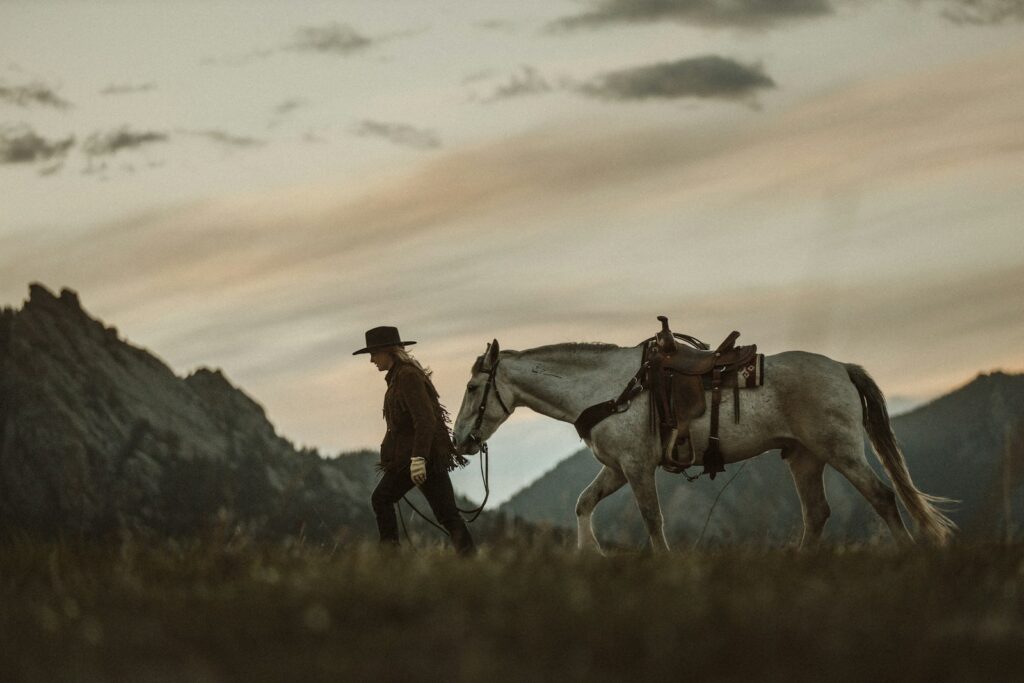
Proper leading is more than just walking with your horse—it’s a continuous conversation about pace, direction, and attention. Position yourself at your horse’s shoulder, not ahead (where you can be run over) or behind (where you’re in kicking range). Your horse should walk beside you, matching your pace precisely without lagging behind or rushing ahead. When you stop, your horse should halt immediately without crowding your space. Begin teaching proper leading by using clear cues: stand tall, look in your intended direction, and step forward with purpose, expecting your horse to follow. If your horse rushes ahead, immediately change direction, using the lead rope to guide them into the new direction. For horses that lag behind, carry a training stick and gently tap their hindquarters if they don’t respond to your forward energy. The goal is a horse that maintains the position at your shoulder, responding to subtle shifts in your body position and energy without constant rope pressure.
Groundwork Exercises for Improved Responsiveness
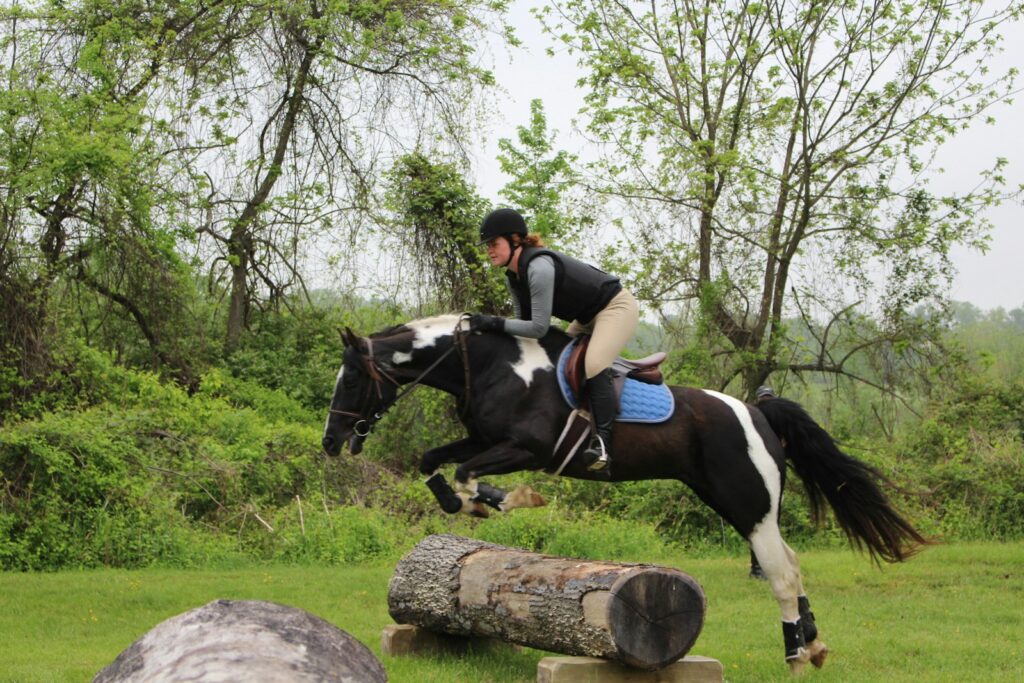
Incorporating specific exercises into your groundwork routine develops your horse’s attentiveness and willingness to respond to subtle cues. Begin with basic yielding exercises: teach your horse to move their hindquarters away from gentle pressure by standing at their side and applying light pressure with your finger or training stick until they step away, then immediately release. Similarly, teach them to move their forehand by standing near their shoulder and applying gentle pressure until they step sideways. Practice transitions between walk, halt, and backup from the ground, using consistent cues that will translate to under-saddle work. The “send exercise,” where you direct your horse to walk forward between you and a fence, then stop and change direction on command, builds tremendous respect and responsiveness. These foundational movements, practiced regularly, create a horse that responds thoughtfully rather than reactively, establishing the building blocks for all future training.
Desensitization Techniques for a Braver Horse
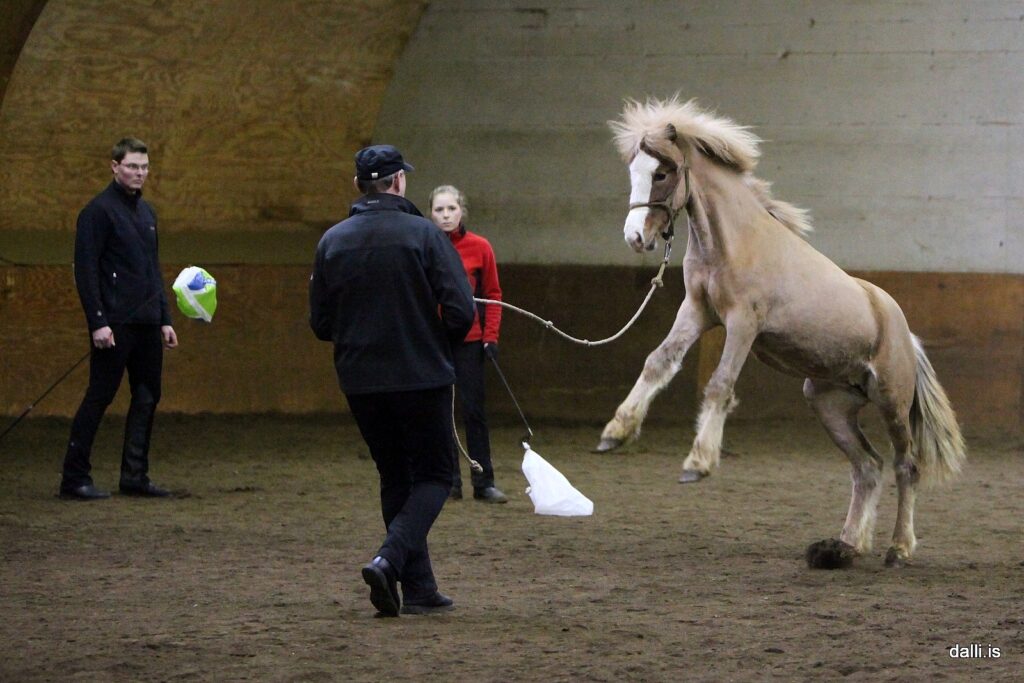
Desensitization is the systematic process of helping your horse overcome fear responses to novel or startling stimuli, resulting in a safer, more confident partner. Begin with less intimidating objects like soft rope or fabric, moving them around your horse’s body while maintaining a calm, matter-of-fact demeanor. When introducing potentially frightening items, use the approach and retreat method: bring the object close enough to create slight concern, then remove it before the horse becomes truly fearful, gradually decreasing the distance with each approach. Tarps, umbrellas, plastic bags, and flags all make excellent desensitization tools that prepare your horse for real-world challenges. Remember that the goal isn’t to eliminate the startle response entirely (which is a natural safety mechanism) but to shorten recovery time and develop trust in your leadership through potentially frightening situations. Consistent desensitization work creates a horse that thinks before reacting, significantly reducing dangerous flight responses.
Lungeing for Respect Rather Than Exercise
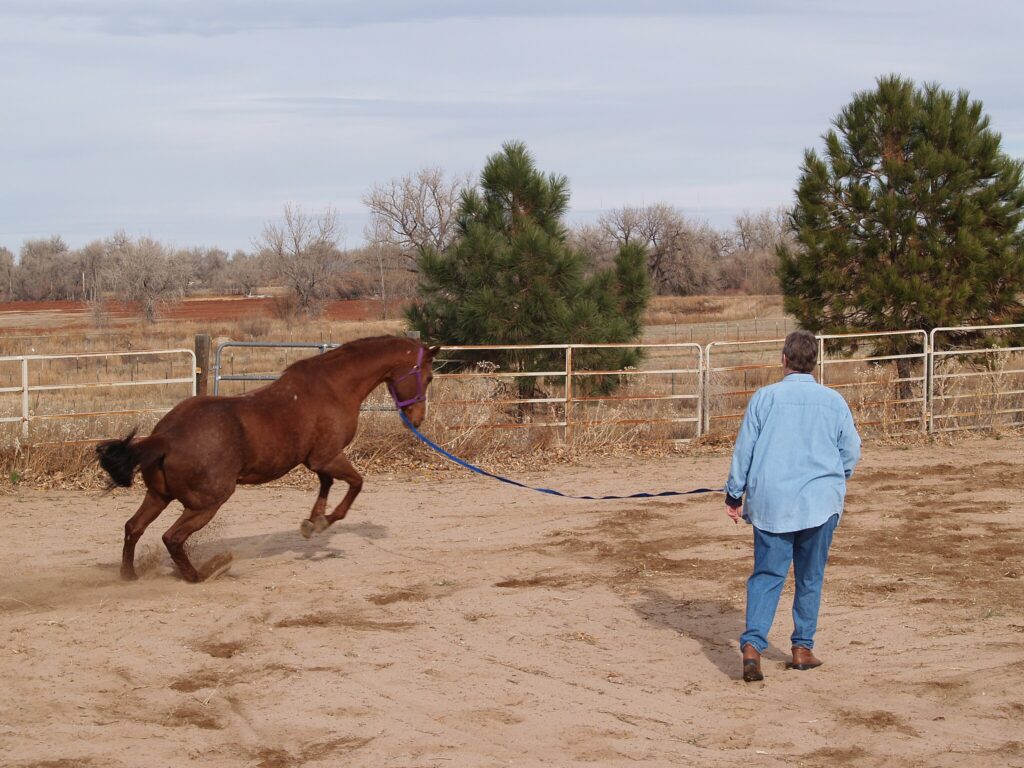
While many people lunge horses simply for physical exercise, proper lungeing is a powerful groundwork tool for establishing respect and attention. Before beginning, ensure your horse understands basic cues from the ground and can yield their hindquarters away from pressure. When lungeing for respect, focus on transitions and direction changes rather than continuous movement in one direction. Maintain a triangle position with your shoulders square to the horse’s shoulder, using your body language, voice, and whip position to communicate. Your horse should maintain the gait you’ve requested until asked to change, with their attention on you rather than the outside environment. Require prompt transitions when requested—a horse that continues cantering for several strides after being asked to trot is displaying minor disobedience that should be corrected. The true test of respect during lungeing is the horse’s willingness to change direction by turning toward you (rather than away), demonstrating they recognize your leadership position.
Teaching Ground Tying for Patience and Trust
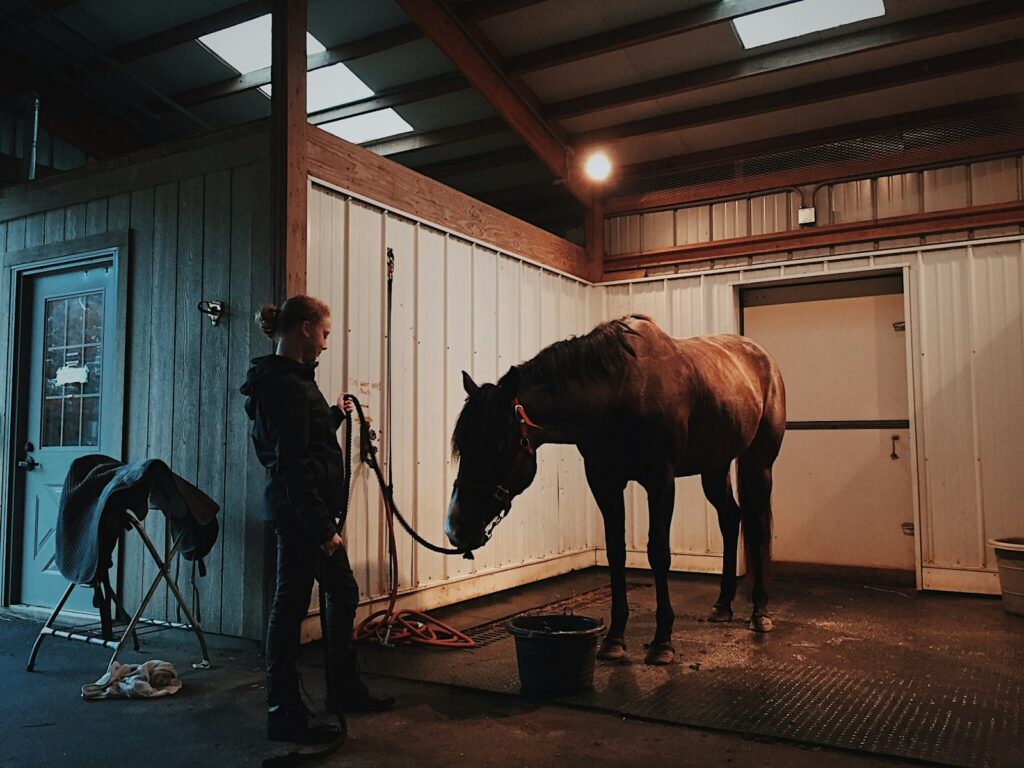
Ground tying—teaching your horse to remain stationary when you drop the lead rope—builds tremendous patience, trust, and respect. Begin in a safe enclosed area with minimal distractions, using a rope halter and lead for clearer communication. Ask your horse to stand, then drop the rope and take one step away, immediately returning if they move. Gradually increase the distance and duration as your horse demonstrates understanding, always setting them up for success by returning before they decide to move. If your horse does walk off, calmly approach from the direction of their shoulder (not head-on, which can trigger further movement), and guide them back to the exact spot where they were supposed to remain. Ground tying develops a horse that stands quietly for grooming, tacking up, or when you need to adjust equipment on the trail. This skill represents advanced respect—your horse chooses to follow your instructions even when not physically restrained.
Addressing and Correcting Problem Behaviors
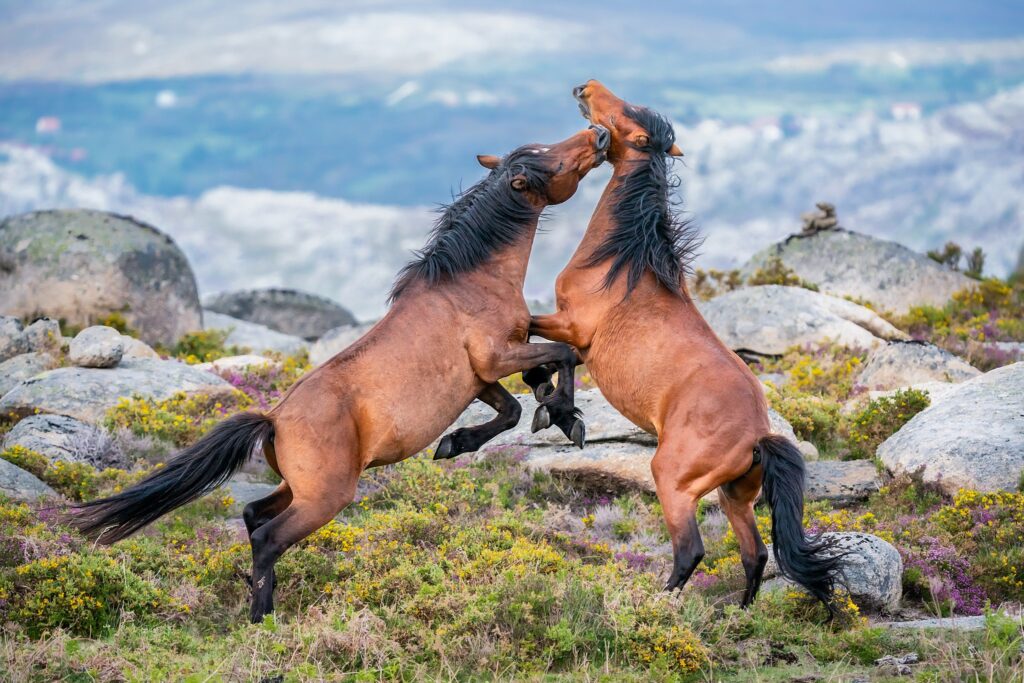
Problem behaviors during groundwork often indicate holes in training or confusion rather than deliberate disobedience. When your horse displays behaviors like crowding, pulling away, rearing, or striking, address the root cause rather than just the symptom. For horses that pull back when tied, systematic approach-and-retreat training with a properly secured lead rope (never tied solidly) can rebuild confidence. Horses that crowd into your space typically lack clear boundaries; be consistent in sending them out of your bubble each time they enter without permission. For more dangerous behaviors like striking or rearing during groundwork, ensure your positioning prioritizes safety, and consider seeking professional help to ensure the behavior is addressed correctly. Remember that timing is crucial when correcting behaviors—the feedback must come within seconds of the unwanted behavior for the horse to make the connection. Maintain emotional neutrality during corrections; anger or frustration only escalates the situation and damages trust.
Progressive Training: Building on Basics
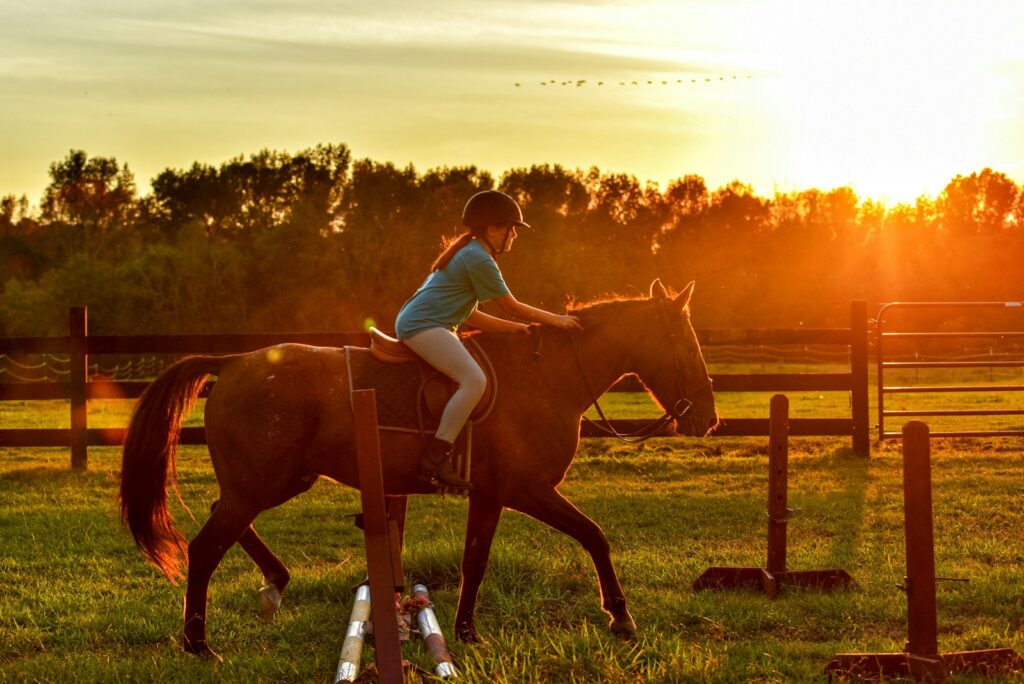
Effective groundwork follows a logical progression that builds complexity as your horse masters each level. Begin with straightforward exercises like yielding to pressure and basic leading before advancing to more complex maneuvers like side-passing or ground driving. Each new skill should build upon previously established foundations—for example, once your horse understands yielding the hindquarters, you can progress to teaching turns on the forehand, which requires the same basic movement with more precision. Introduce only one new element at a time, ensuring your horse is confident with each step before advancing. Regular short sessions (15-20 minutes) often produce better results than occasional marathon training sessions that overwhelm your horse’s mental capacity. Celebrate small improvements rather than expecting perfection, and don’t hesitate to return to simpler exercises if your horse becomes confused or frustrated. The progressive approach builds a confident, willing partner rather than a resentful or anxious one.
Transferring Ground Respect to Riding Situations
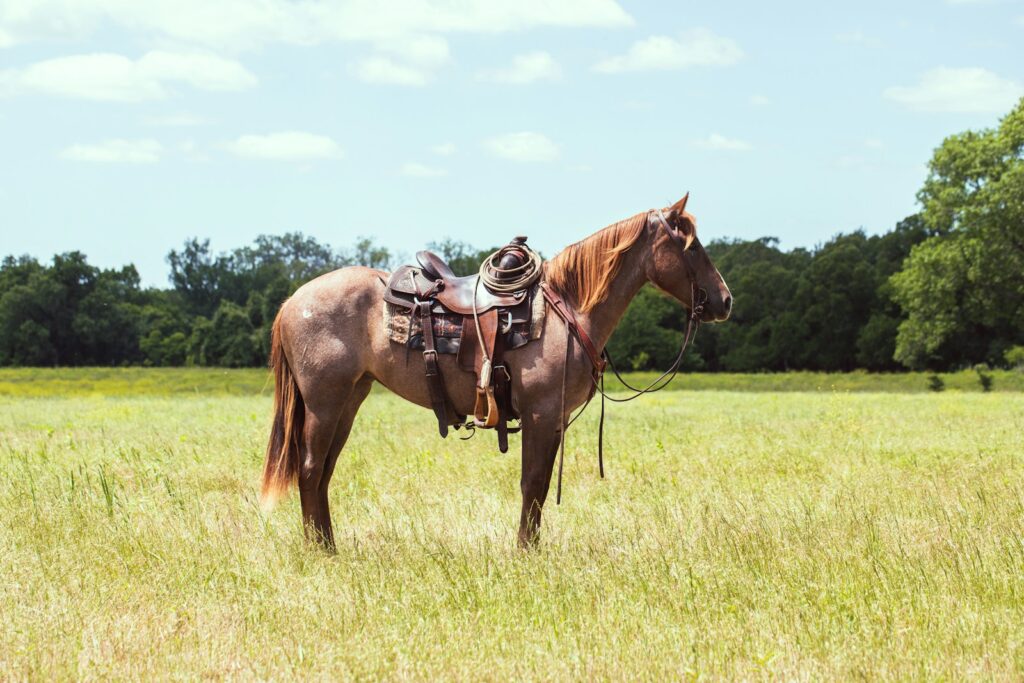
The ultimate goal of groundwork is developing respect and responsiveness that transfers seamlessly to mounted work. Establish clear cues on the ground that parallel those you’ll use in the saddle—for instance, the same verbal command for transitions or similar pressure cues for turning. Before mounting, verify that your horse demonstrates proper ground manners by standing quietly at the mounting block without fidgeting or walking off. If problems arise under saddle, return to groundwork to reinforce the concepts before attempting them mounted again. Many trainers find that alternating between ground sessions and riding within the same training period reinforces the connection between the two contexts. Remember that a truly respectful horse doesn’t distinguish between responding to you on the ground or in the saddle—the leadership dynamic remains consistent regardless of your position. This seamless transfer of respect creates a safer, more enjoyable riding experience built on mutual understanding.
Maintaining Respect Through Consistent Handling
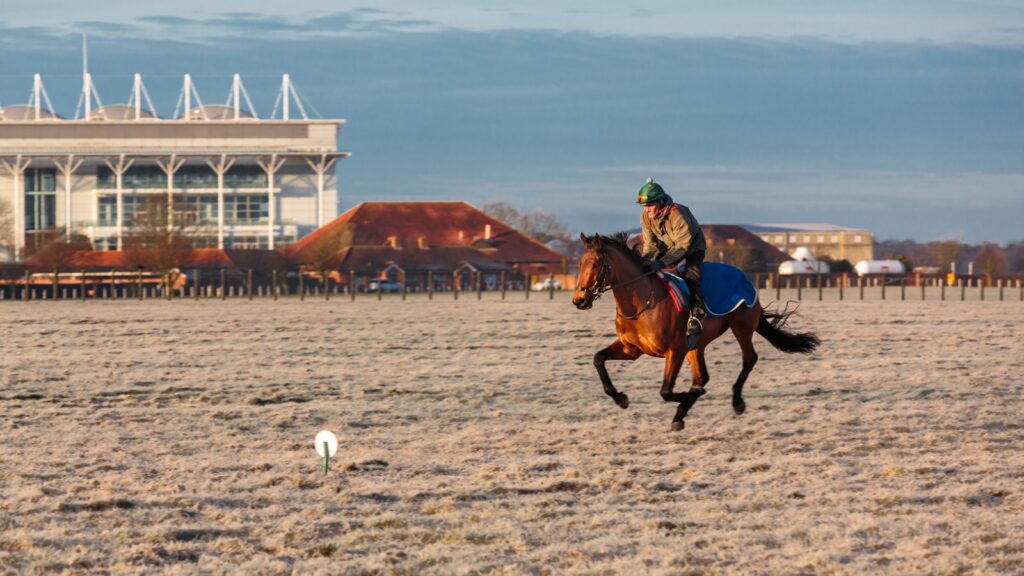
Groundwork respect isn’t a one-time achievement but requires consistent reinforcement through daily interactions. Every moment spent with your horse either strengthens or weakens the respect you’ve established. Maintain clear boundaries during routine handling like grooming, leading to and from pastures, or administering medications. Don’t allow your horse to develop “special occasion manners” where they behave during formal training sessions but ignore boundaries during casual interactions. Enlist the cooperation of everyone who handles your horse, establishing consistent expectations and handling procedures. Even small inconsistencies, like allowing the horse to walk ahead through gates sometimes but not others, create confusion that erodes respect. Schedule regular “maintenance” groundwork sessions even with well-trained horses to reinforce expectations and prevent the gradual creep of unwanted behaviors. The most respectful horses are those handled with clear, consistent expectations in every interaction, creating a secure foundation of understanding.
In conclusion, developing groundwork respect and manners creates the foundation for every other aspect of your relationship with your horse. These skills aren’t just preliminaries to riding—they’re essential life skills that keep both you and your horse safe while building communication and trust. The time invested in thorough groundwork pays dividends in a more responsive, confident, and willing equine partner. Remember that respect is earned through consistent leadership, clear boundaries, and fair corrections, not through intimidation or force. By systematically developing these groundwork foundations, you create a horse that willingly participates in your partnership rather than merely complying out of fear or habit. Whether your goals include trail riding, competition, or simply enjoying a safe relationship with your horse, solid groundwork manners provide the essential framework upon which all other training builds.

